We partnered with other community organizations to find out what people and businesses need from their street.
Central Seattle Greenways has been advocating for protected bike lanes in the Pike/Pine corridor for several years. So when Seattle City Council passed a resolution in the summer of 2018 requiring temporary infrastructure be installed in 2019, we rolled up our sleeves.

Done right, protected bike lanes not only increase the number of people biking and keep them safe, but the lanes improve conditions for people walking and rolling, boost local business sales, and enhance the neighborhood. It’s important the City get the design right in this vital and vibrant corridor. In order to advocate effectively for the needs of people who live, work, and travel in the corridor, we wanted to find out more about how people use the street and what the broader community prioritizes.
To that end, we partnered with Capitol Hill EcoDistrict, Cascade Bike Club, the Capitol Hill Community Council, and other community organizations to create a pop-up protected bike lane for PARK(ing) Day, conduct direct business outreach, host a community design workshop, and distribute an online survey.

We’ve shared all of our data — every comment, every statistic, every bit of information we gleaned — with the Seattle Department of Transportation (SDOT), and now we’re sharing our summary and analysis along with recommendations for the design of the corridor. (You can download the full report below.)
Community Priorities
Several strong priorities emerged from our community outreach. We believe each of these priorities is important, and that we can have a street design that meets all of these goals:
- Pedestrian safety and comfort
- A continuous, safe, intuitive bike route
- Ample loading zones for businesses and passengers
- Clear, predictable traffic flow for all users
Recommendations
Given the priorities and concerns that surfaced, we have some recommendations for SDOT in designing the street.
Long-term
Based on our conversations with SDOT, we presented two options to the community: Option 1 was to build separate one-way lanes on Pike between Broadway and Minor/Melrose, and Option 2 was to build a two-way bikeway on the north side of Pike for those blocks. But at the workshop, through the survey, during business outreach, and in other conversations, we often heard, unbidden, a strong desire for something different: one-way streets all the way to Broadway with a westbound lane entirely on Pine and an eastbound lane entirely on Pike. Creating a couplet of one-way streets all the way to Broadway provides clarity for people walking, biking, and driving; delivers a more intuitive route that cyclists are more likely to use; and shares the perceived burden and benefits of a bike lane for business owners on both Pike and Pine.
We believe this option deserves careful study and consideration by the City. Our strong recommendation is that SDOT construct the temporary bike lanes between Broadway and Minor/Melrose in a way that does not preclude extending the Pike Pine Renaissance street design all the way to Broadway in a few years.
Between the two options on Pike, there was no consensus about whether to separate the directional lanes (one on each side of the street) or to create a two-way bikeway, like the ones on Broadway and 2nd Ave. The general opinion is that separated lanes, especially given the grade and resulting speed differential, are preferred if the transition for eastbound riders from the left side of Pike to the right is handled well (so that it’s clear to all users what’s happening, doesn’t require people biking to wait through multiple light phases to move over, and is safe).
There was no strong consensus about which street the bike lane should use to cross from Pike to Pine, but workshop groups and survey respondents both requested that the crossover street be calmed and that signals and signage be clear.
Short-term
If the transition from the existing left-hand eastbound lanes on Pike to right-hand eastbound lanes can be managed so that it is safe, intuitive, and sensible to people biking, we recommend separating the directional lanes on either side of Pike.
We’ve seen an early-stage proposal from SDOT to install temporary lanes on either side of Pike all the way down to Hubbell, using the light at Hubbell to move eastbound cyclists to the right side of the street via a diagonal cross-bike (similar to Westlake and 9th), with a two-way bikeway between Hubbell and 8th Avenue. We believe this is an elegant interim solution that avoids the challenges of a transition at Minor/Melrose, and we fully support it.
Areas that require particular care
Workshop participants, survey respondents, and other community members expressed concern about the street design in some specific areas:
- Transitions between two-way and one-way bike lane configurations or where the lane moves to the other side of the street. Signage, road markings, and clear design are important here.
- Clarity of design. Both temporary and permanent configurations must be well-signed and designed in a way that makes the intended use very clear and intuitive to people driving, biking, walking, and rolling.
- Intersections. Particular care must be given to potential points of conflict between people walking, rolling, biking, and driving.



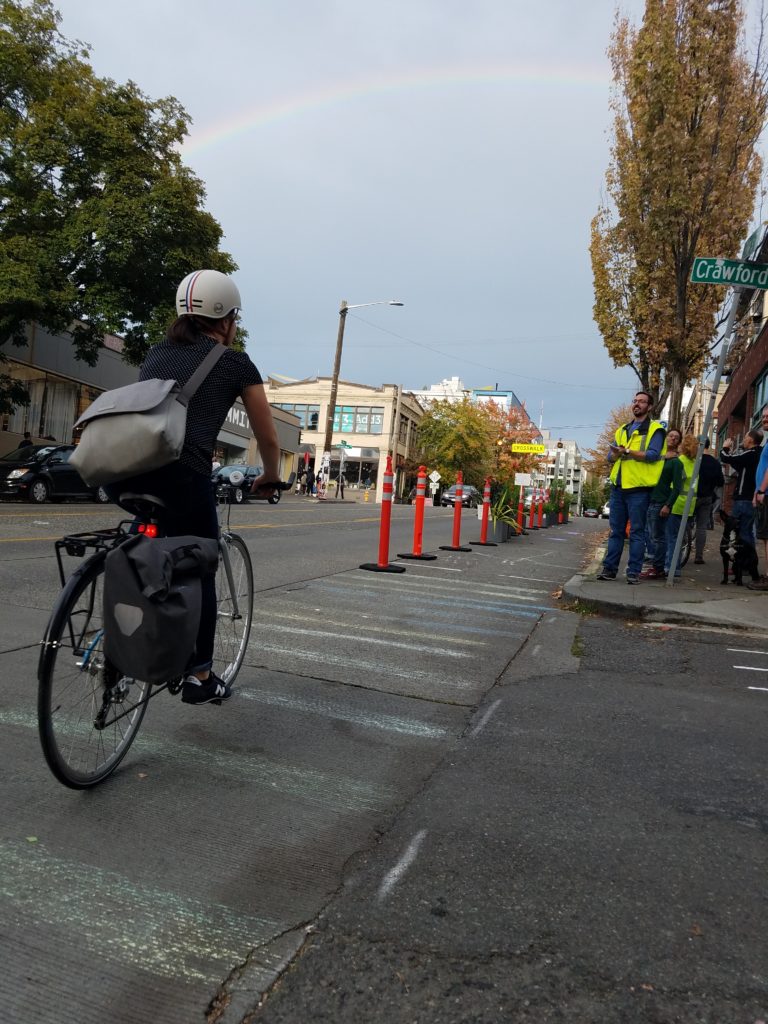
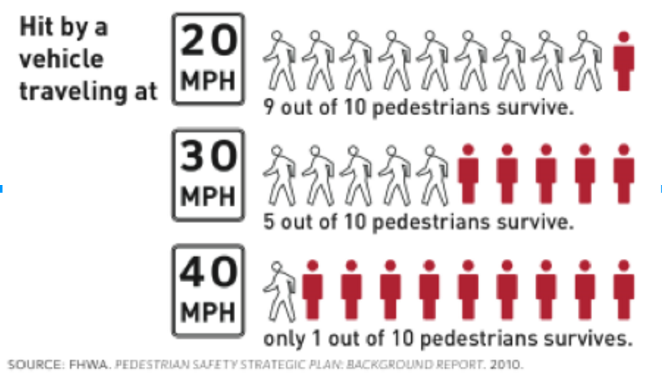

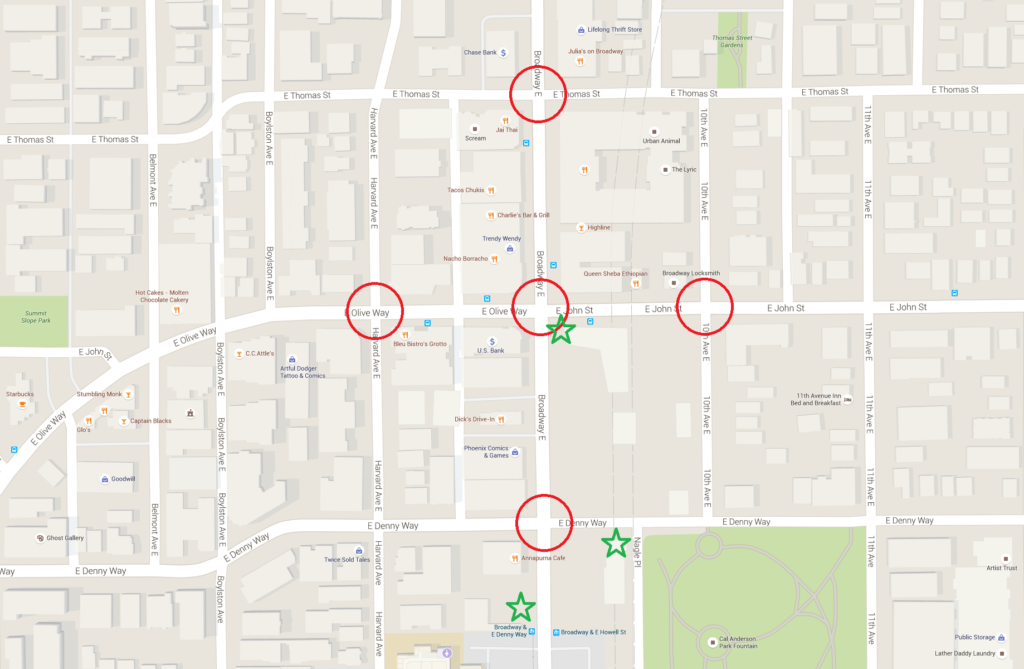
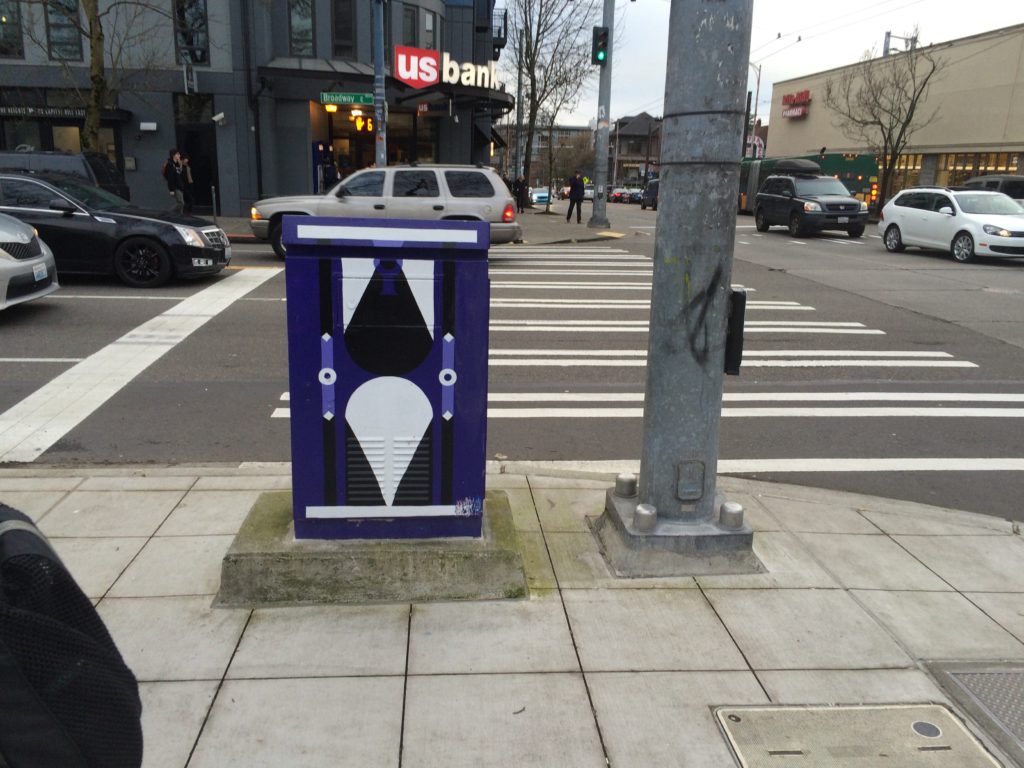
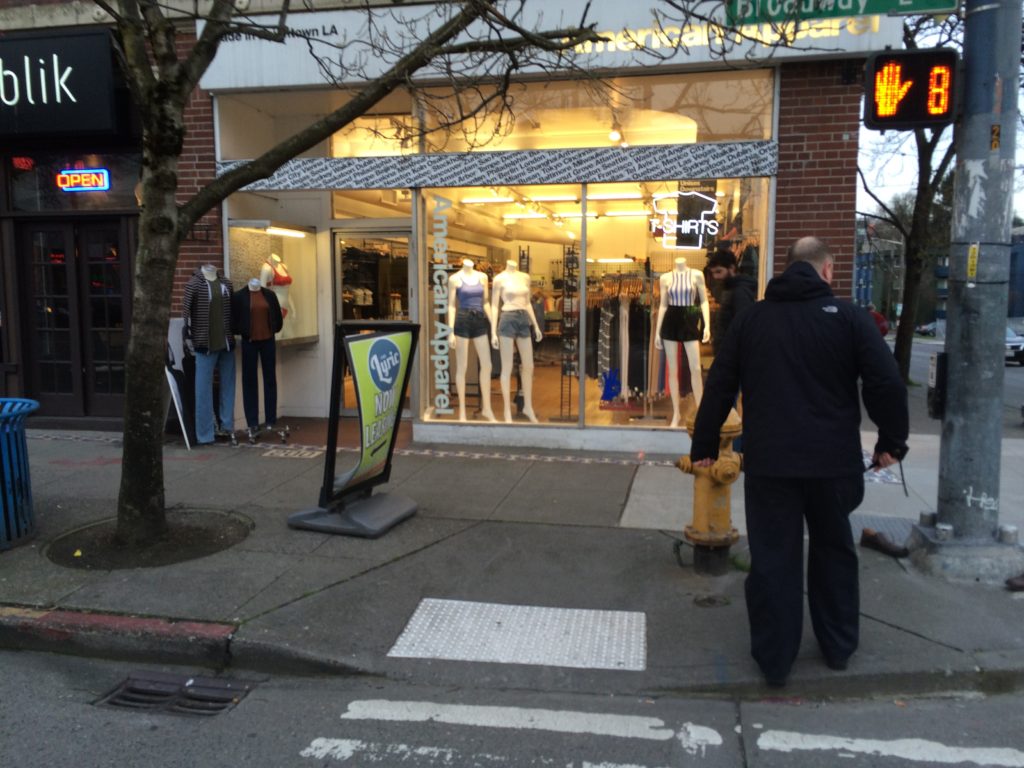
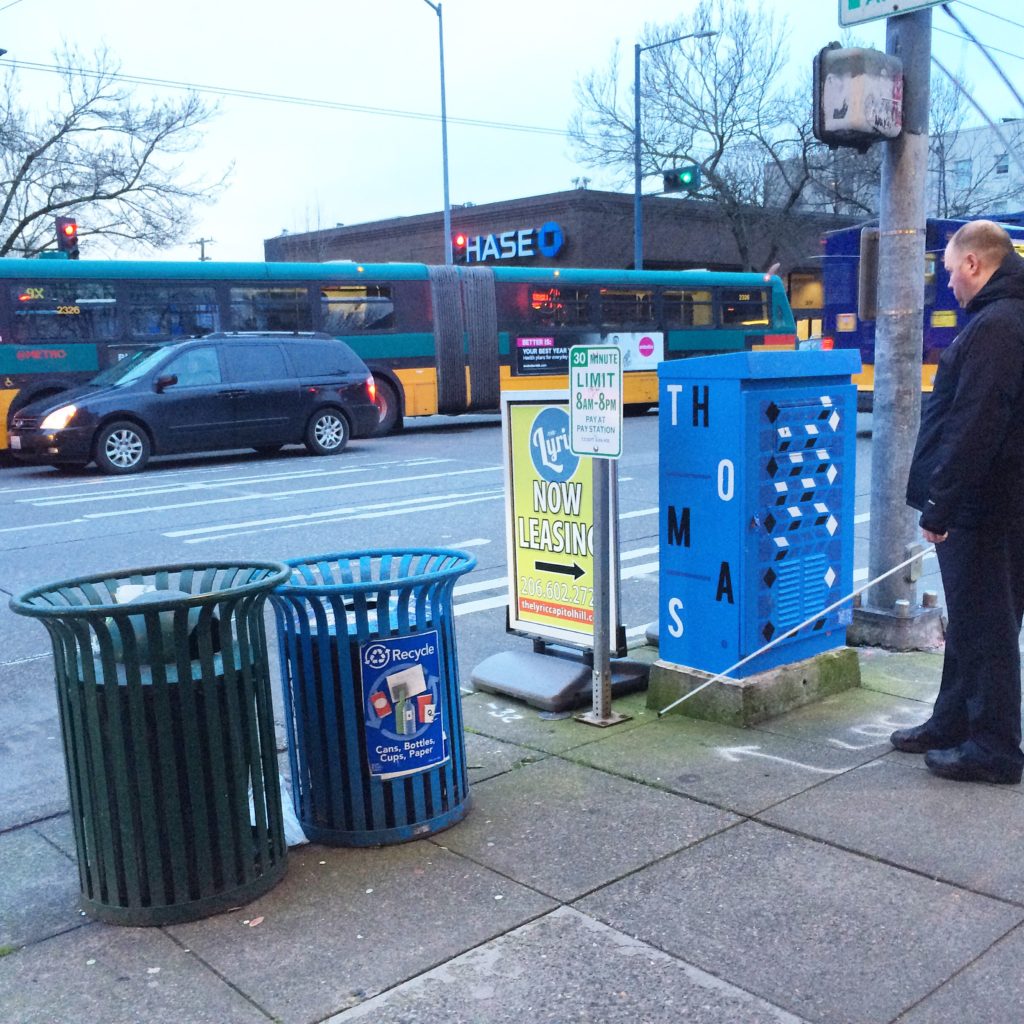
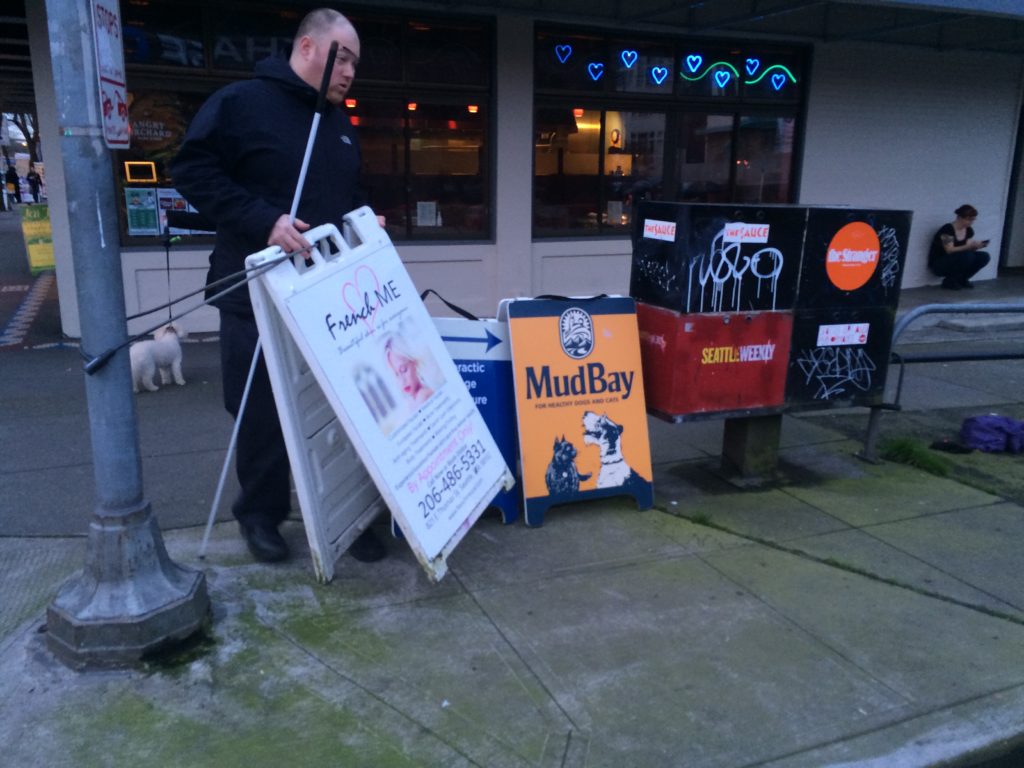

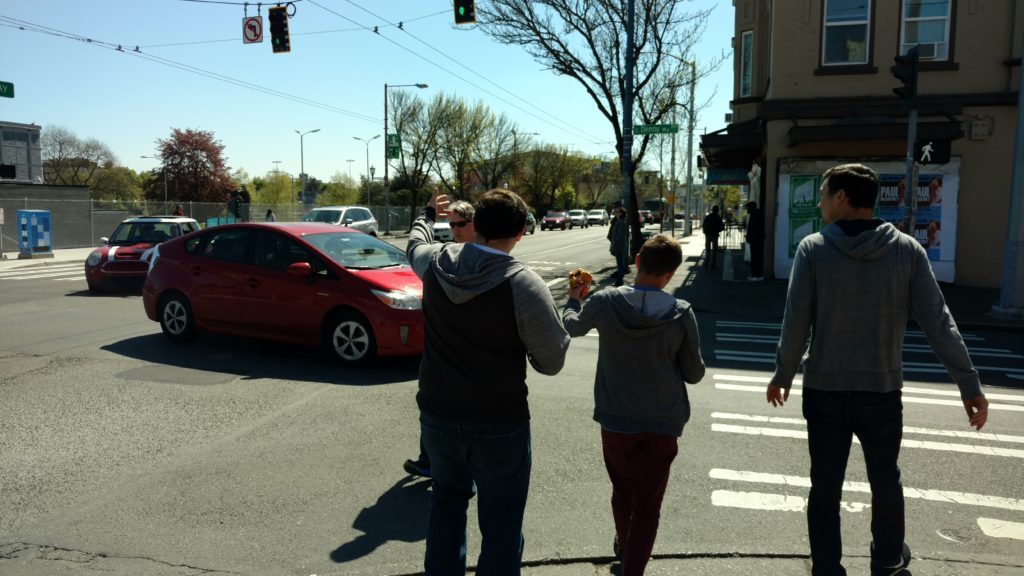
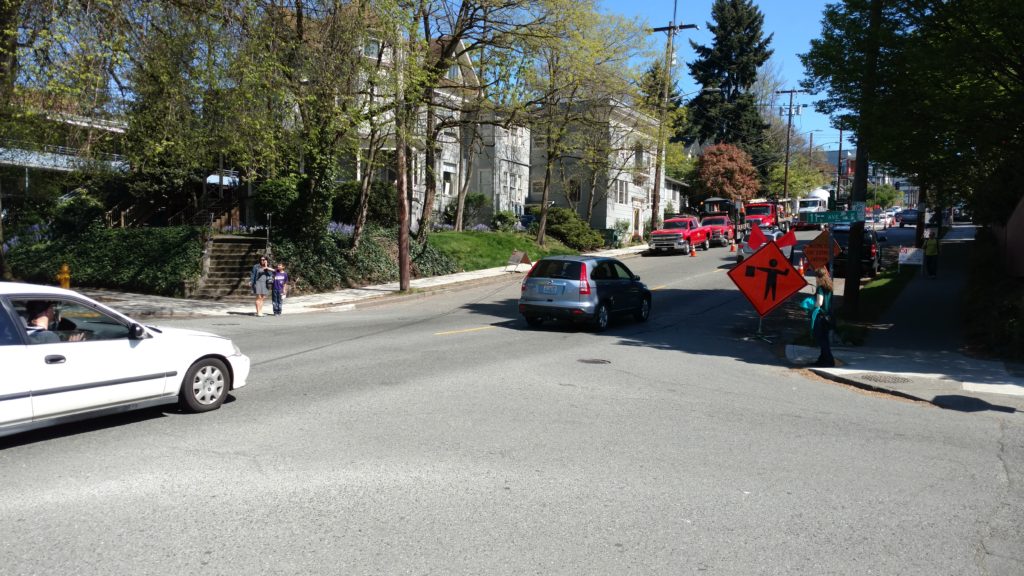
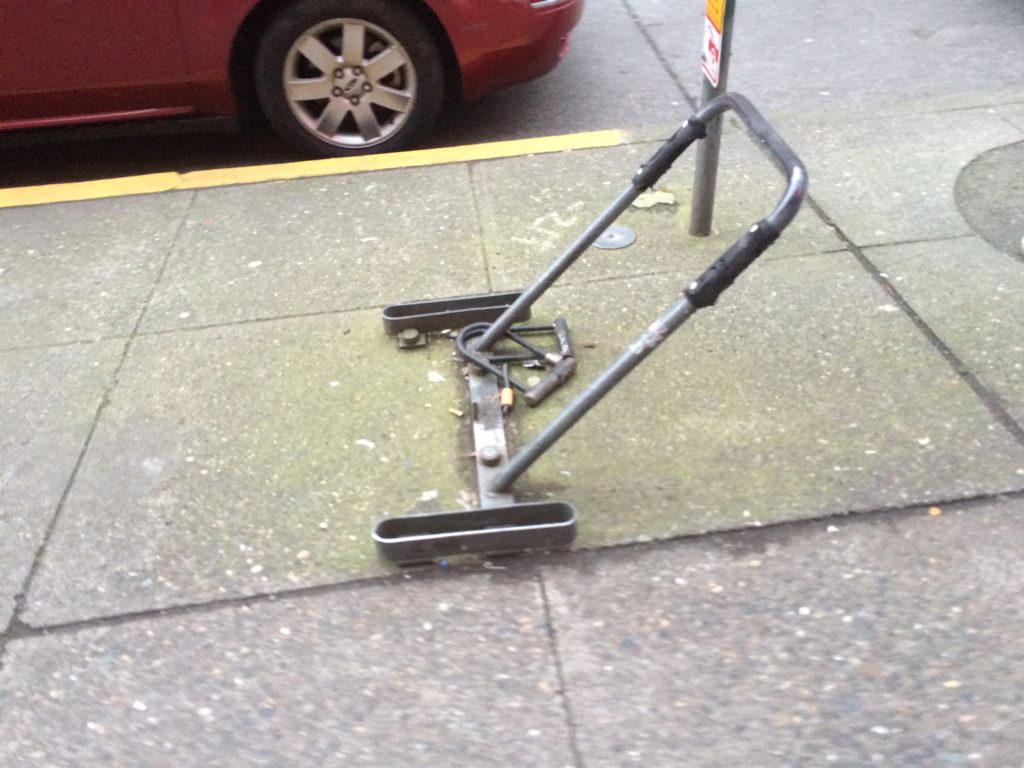
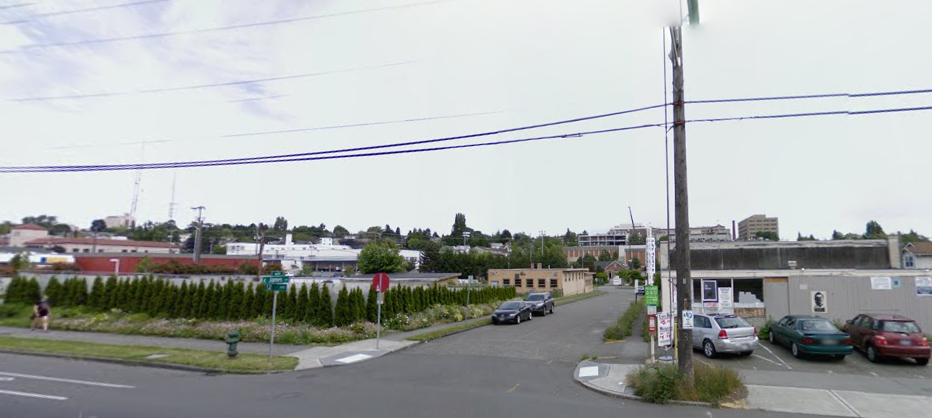
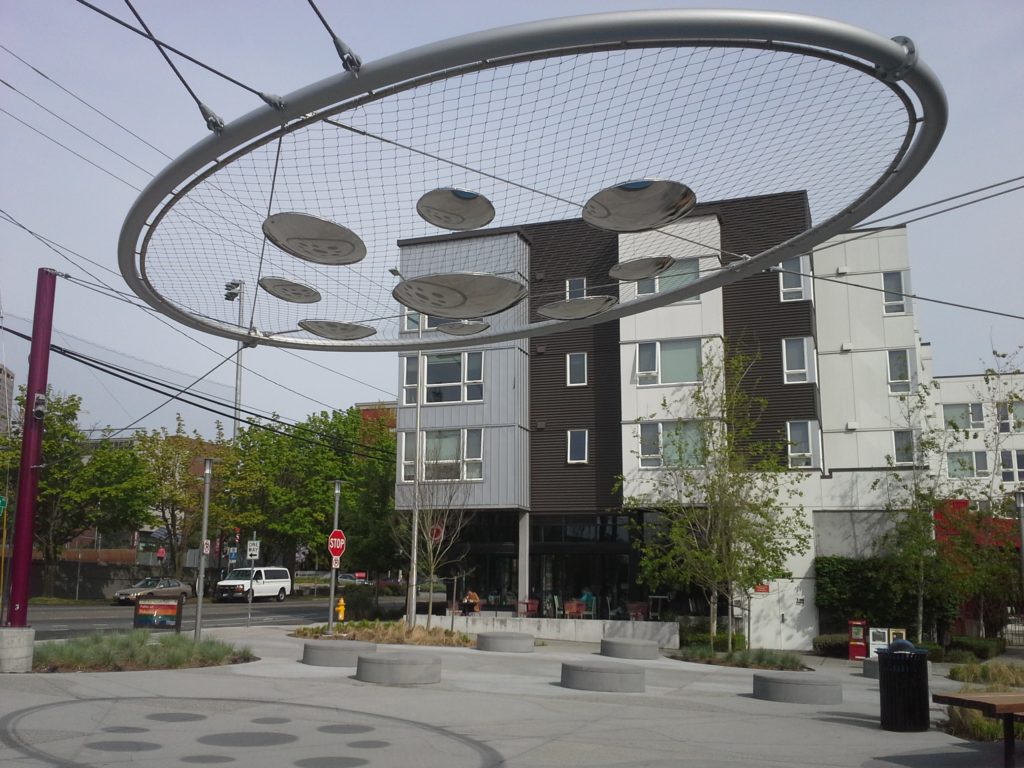
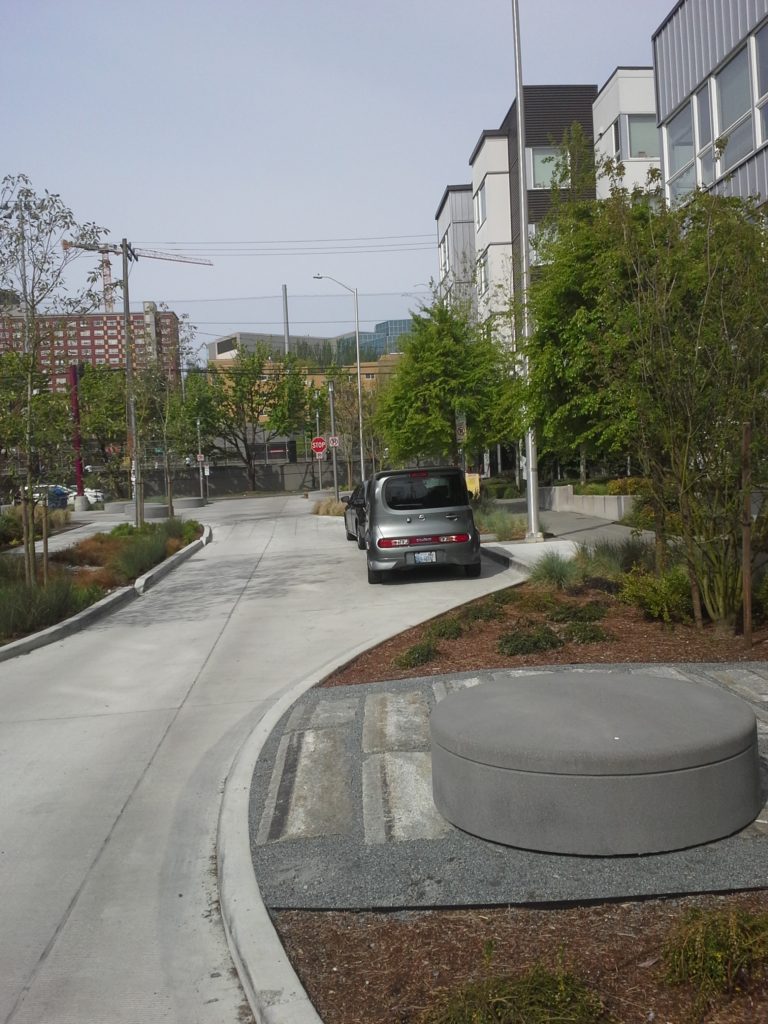
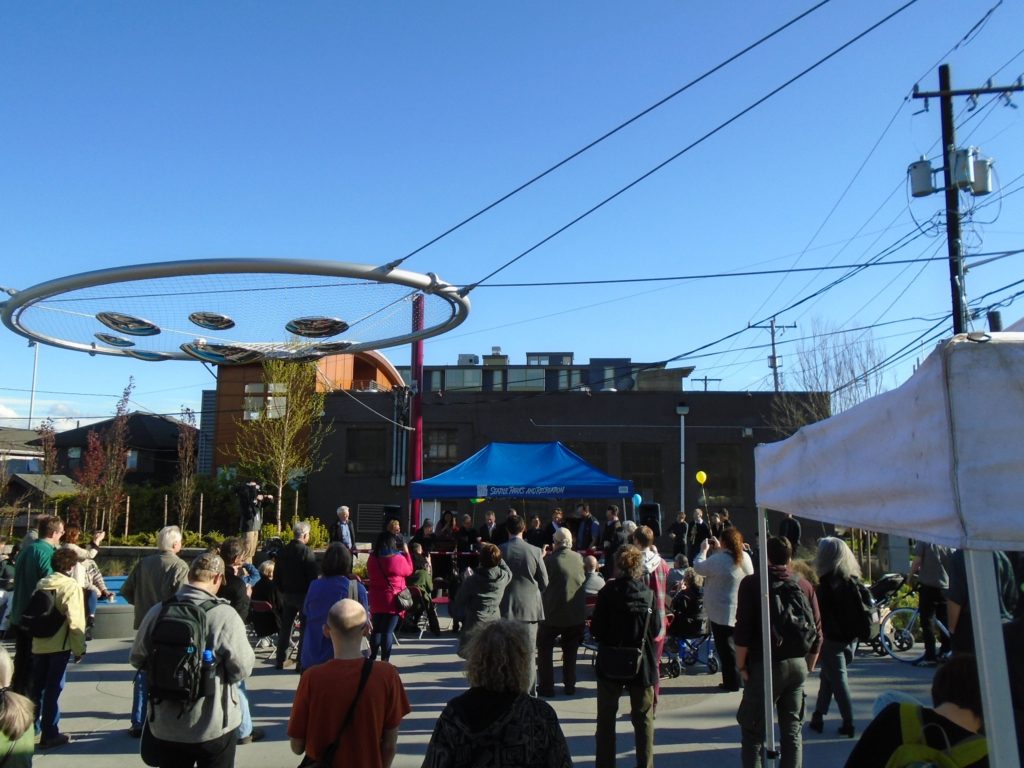
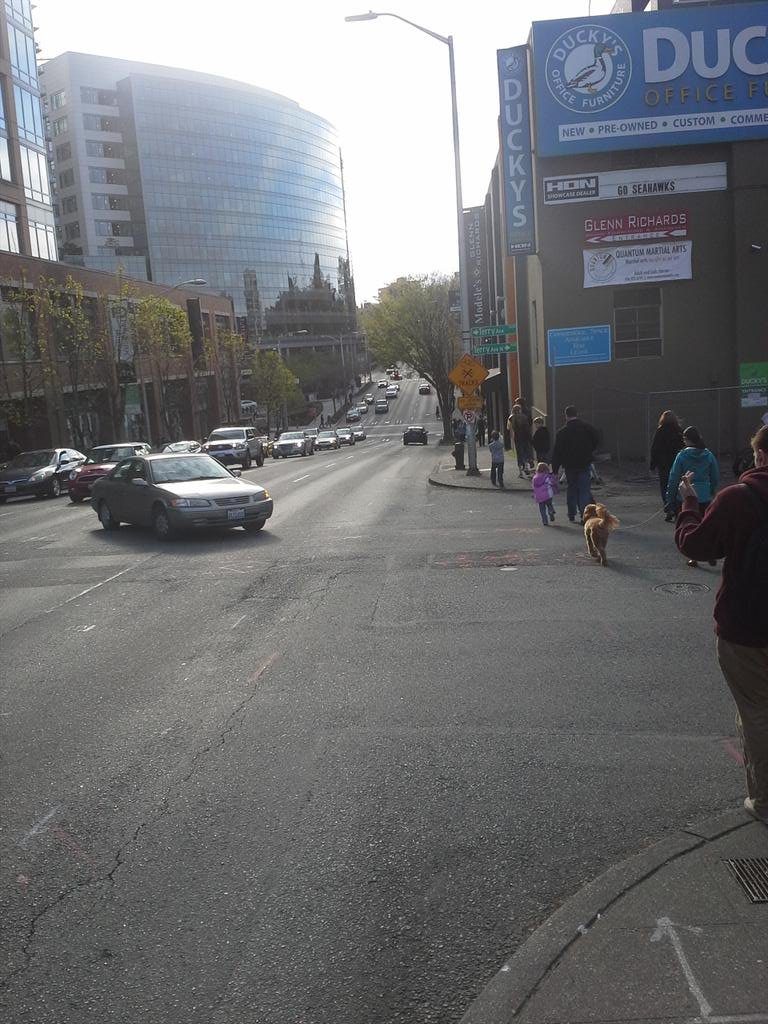
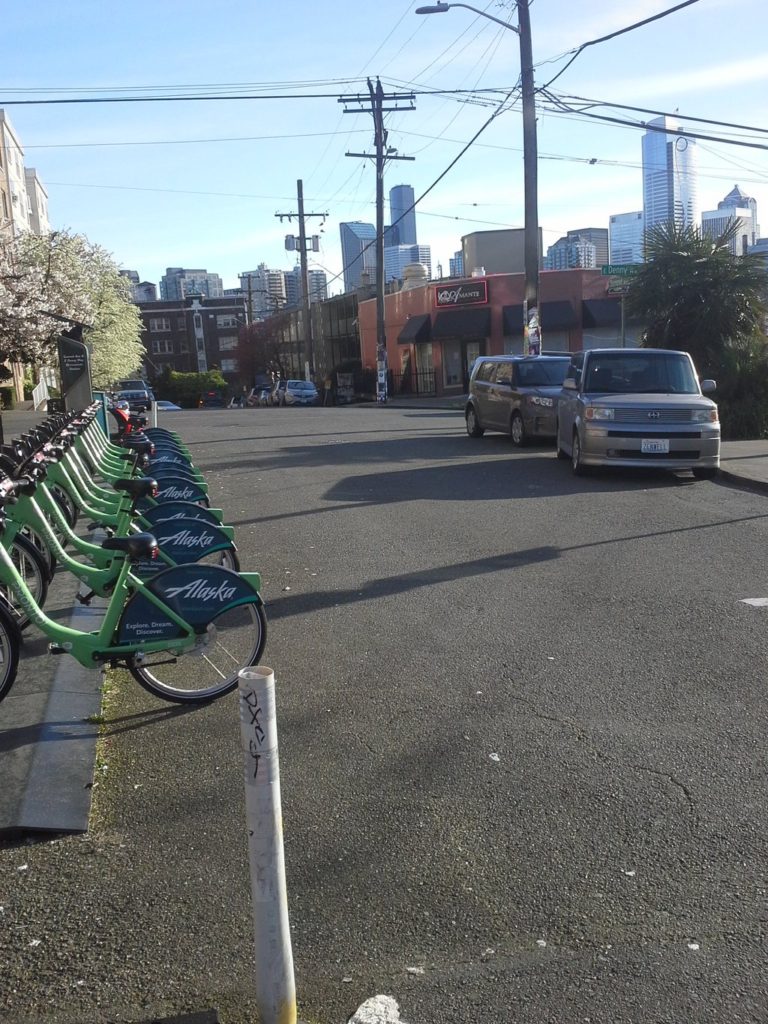
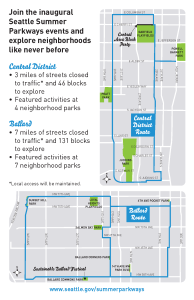


 RSS - Posts
RSS - Posts